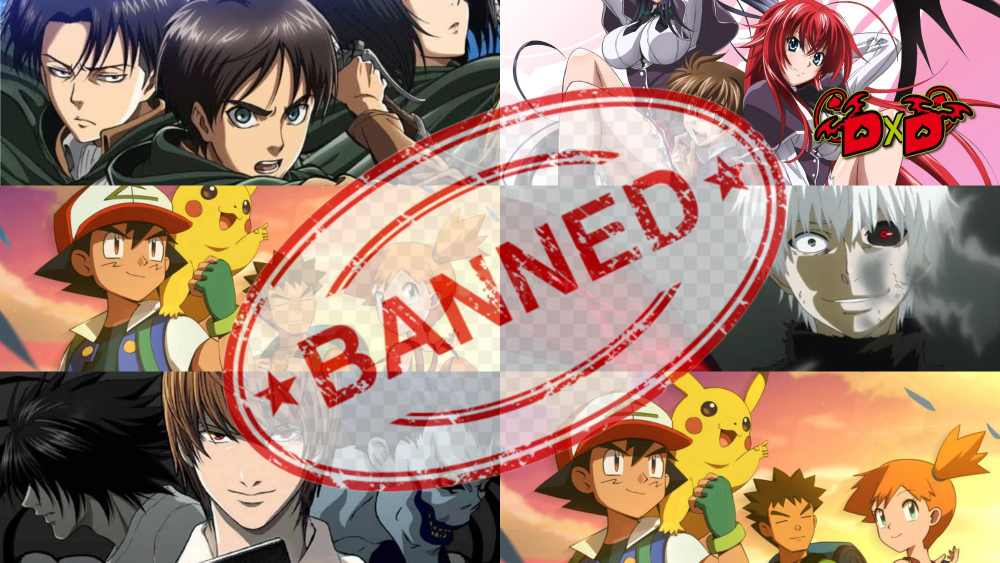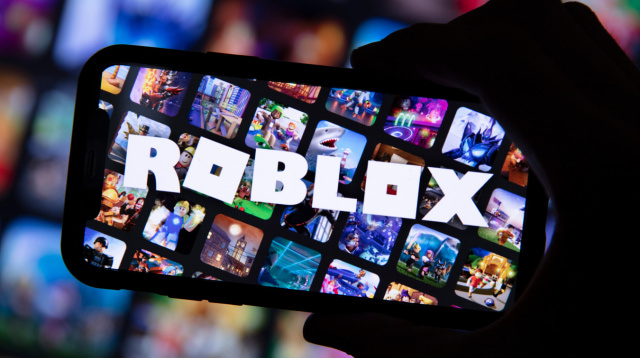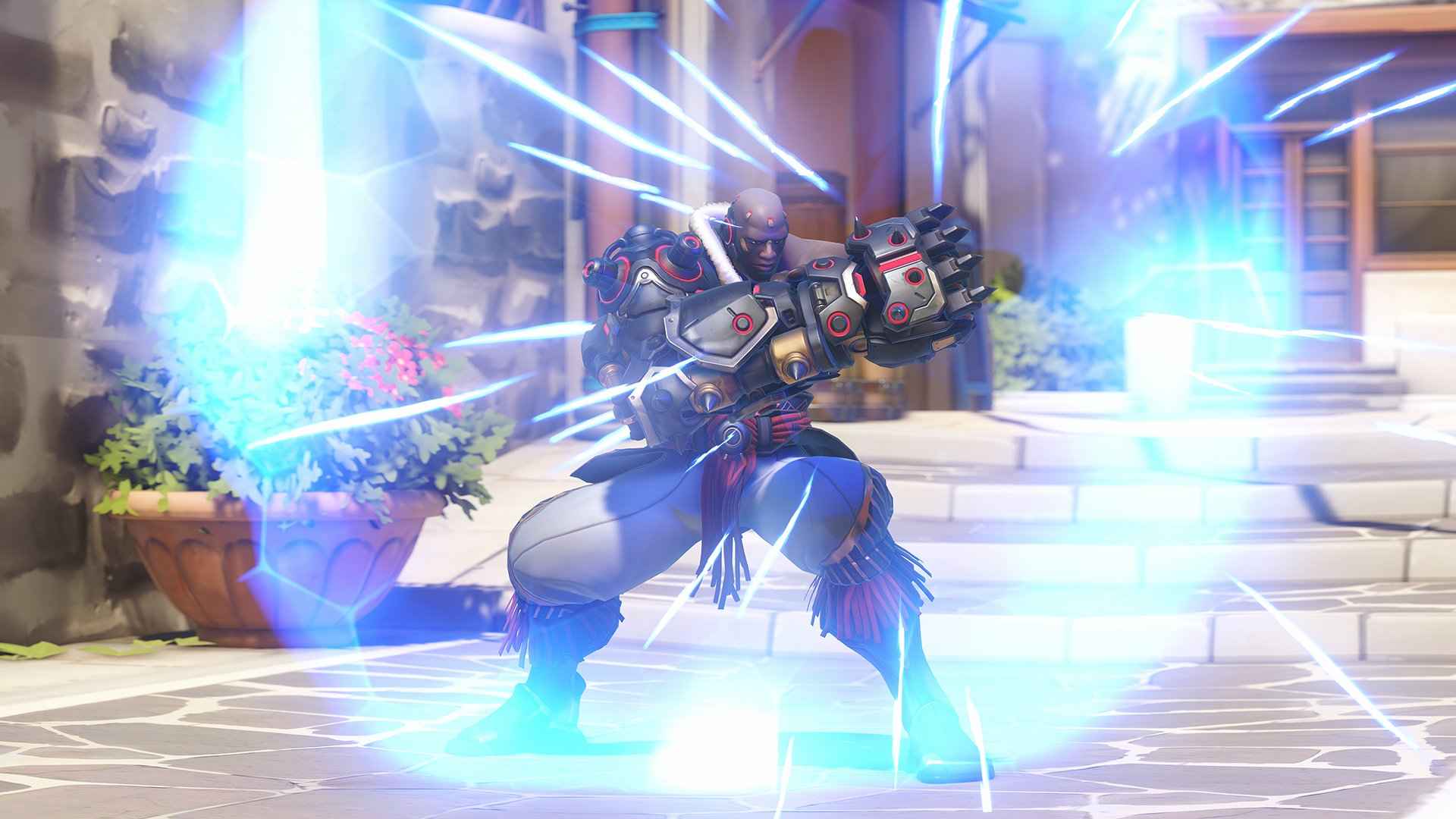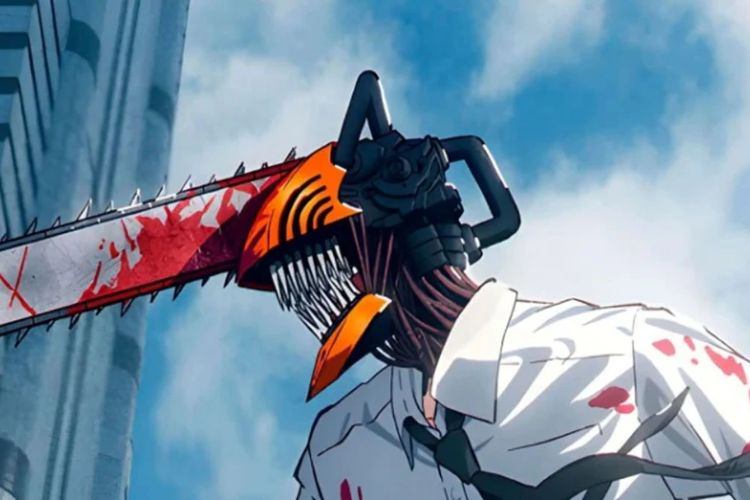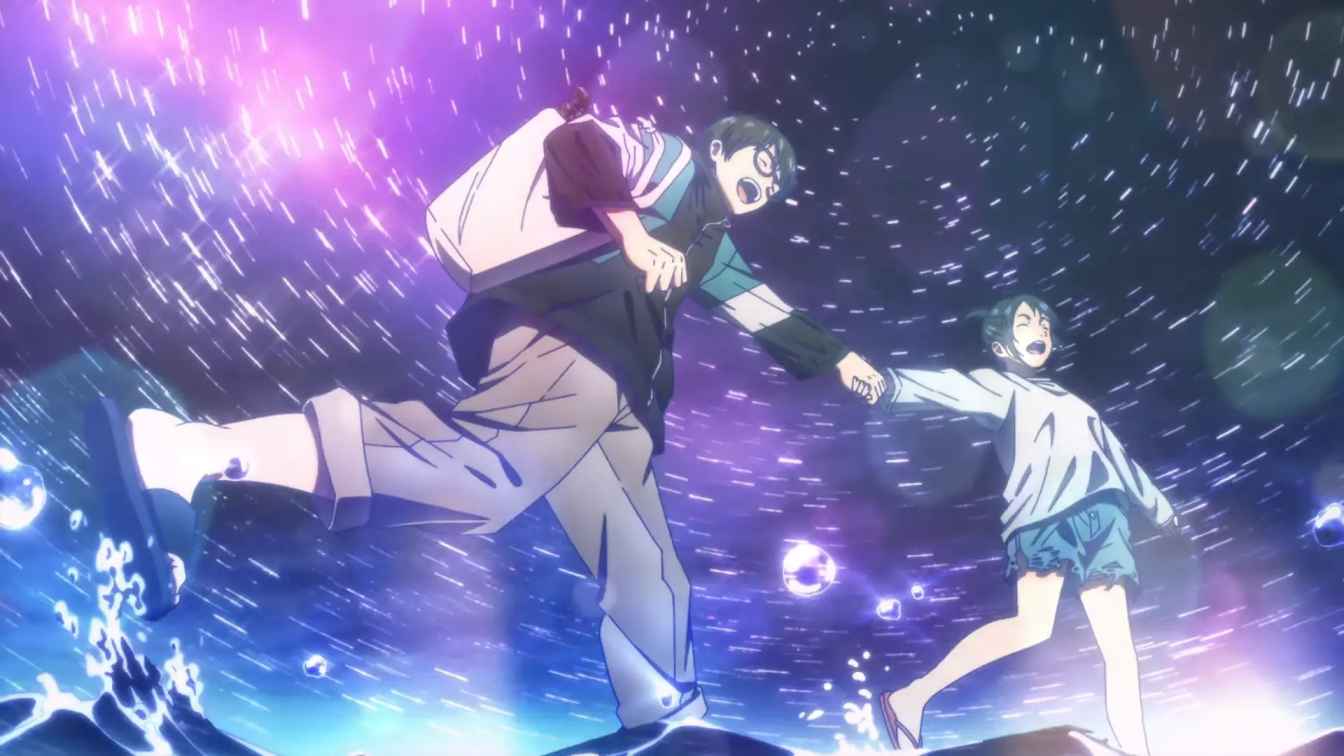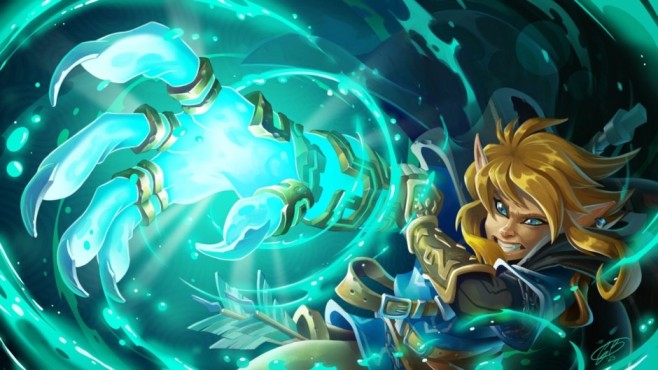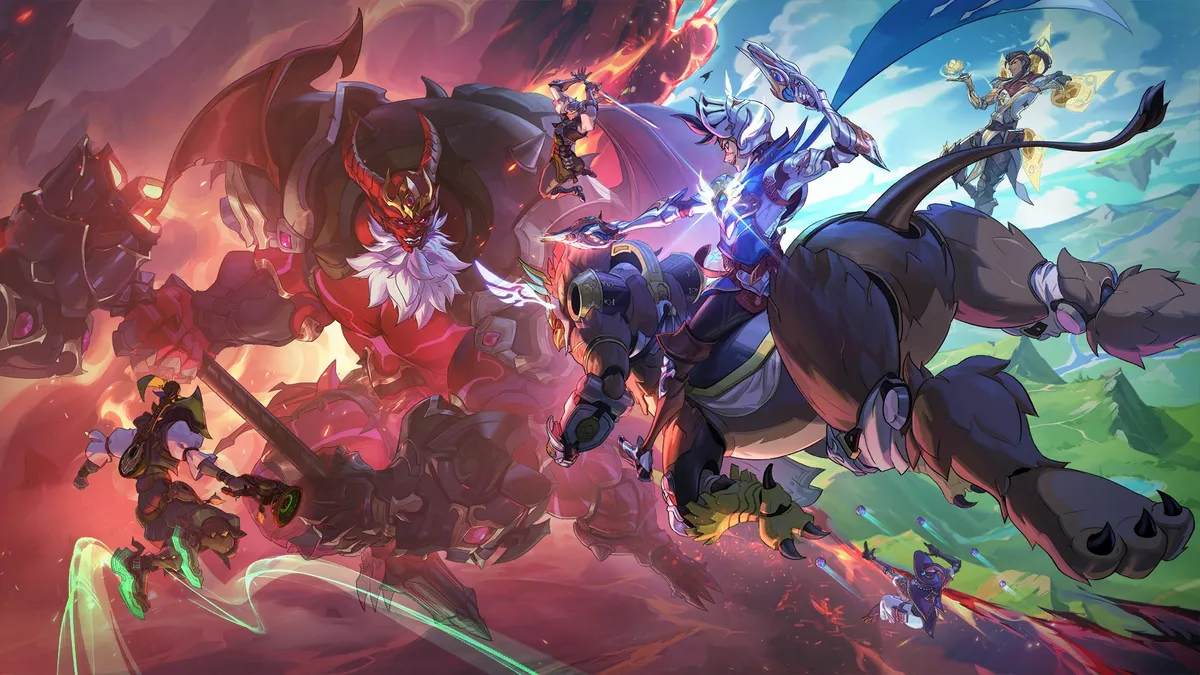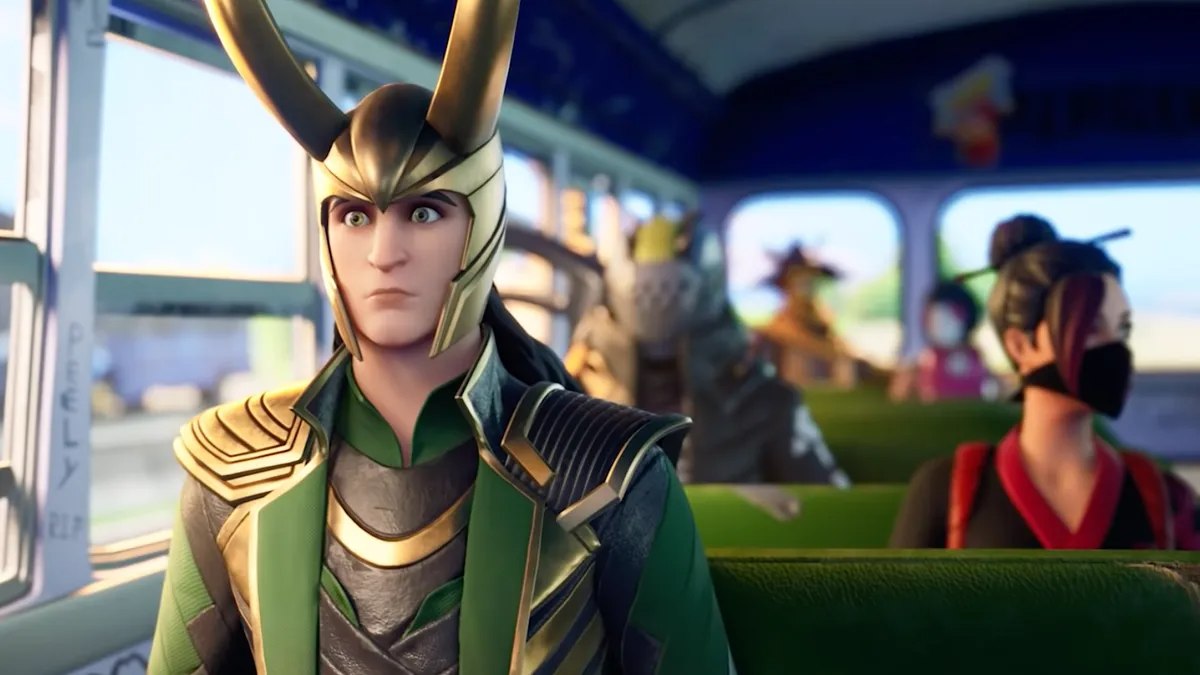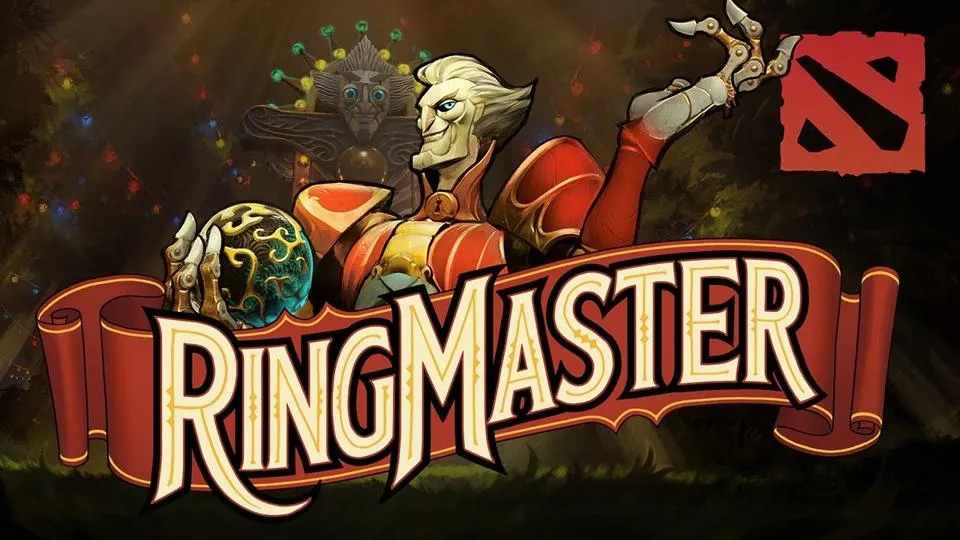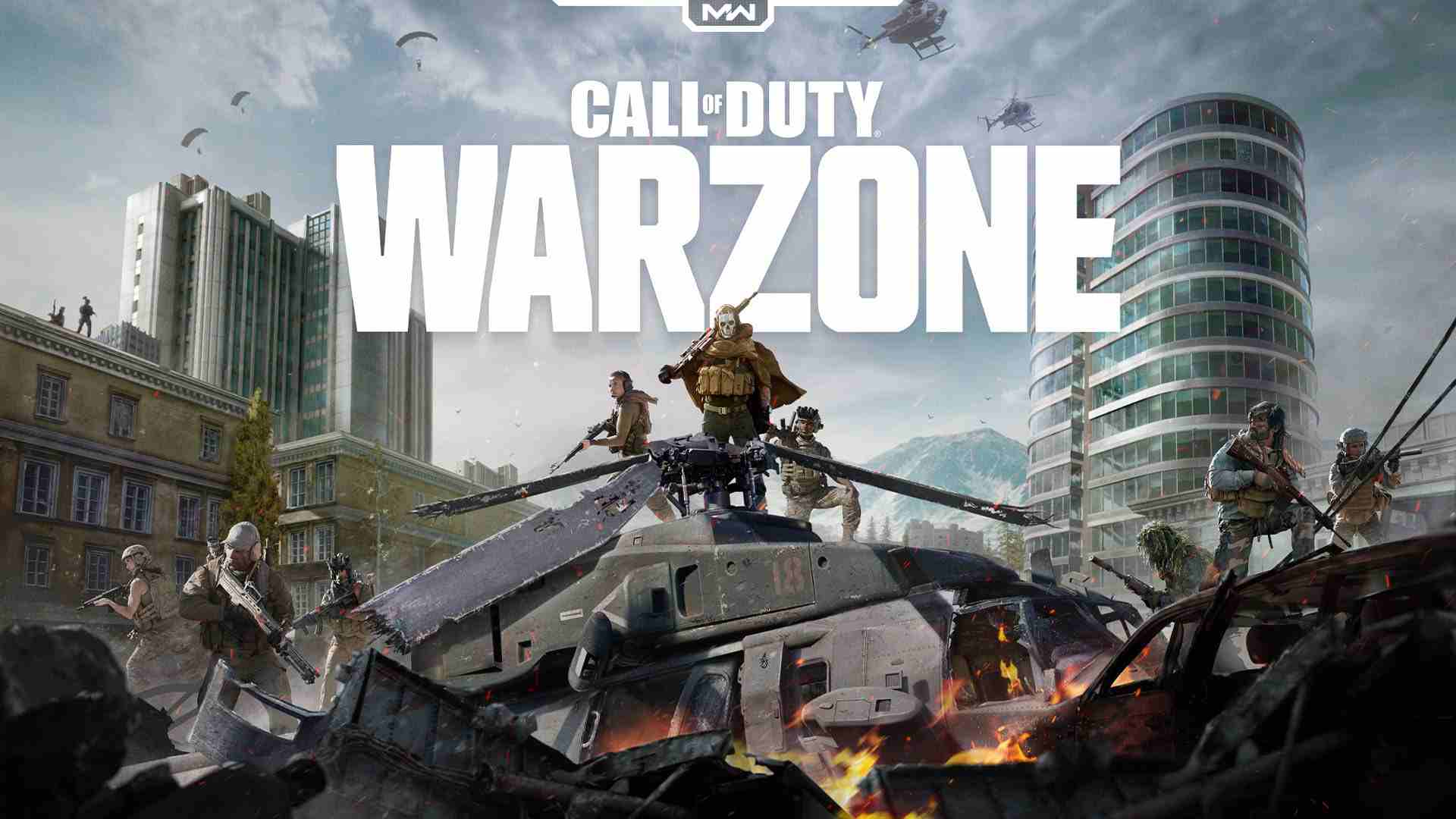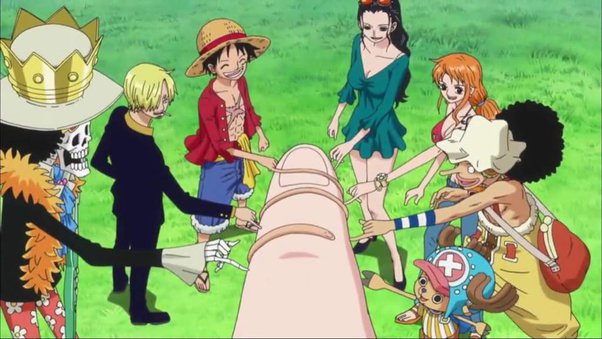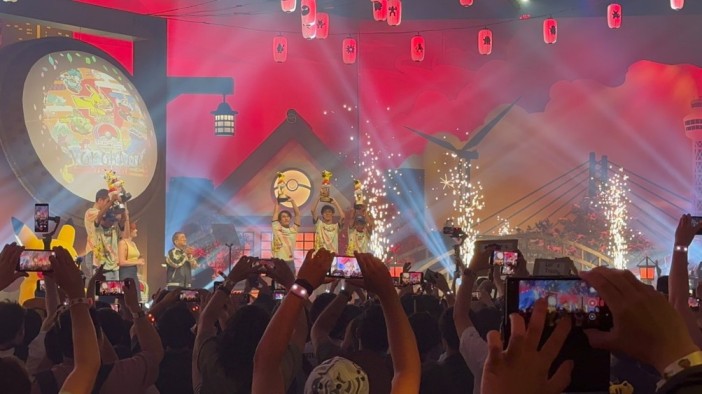Top 10 Manga Series Banned Worldwide
Anime, a beloved form of entertainment, captivates audiences worldwide with its diverse genres and compelling stories. However, despite its popularity, certain manga series face bans in various countries for reasons ranging from cultural disparities to content concerns. In this article, we will explore ten manga series that have encountered worldwide bans, shedding light on the reasons behind these actions.
1: Parasyte – Banned in China
China, in 2015, instituted a ban on at least 38 anime series, including the widely acclaimed Parasyte. This gripping sci-fi/horror anime follows the story of Shinichi Izumi, who merges with an alien parasite to acquire extraordinary abilities, battling monstrous human/alien hybrids. The ban, while not explicitly explained, is likely due to the anime’s graphic body horror and gore, consistent with China’s tendency to prohibit anime featuring excessive violence.
2: Tokyo Ghoul – Banned in China
Another victim of China’s stringent regulations is Tokyo Ghoul, a top-selling manga known for its dark and polarizing themes. In 2017, China banned the series, citing concerns that it encouraged dangerous trends among teenagers, such as self-mutilation and violence. The anime’s depiction of extensive violence and “crimes against public morality” further contributed to its prohibition in China.
3. Midori: Shoujo Tsubaki – Banned Almost Everywhere
Shoujo Tsubaki presents a disturbing narrative, following 12-year-old Midori’s harrowing experiences in a twisted circus where she endures abuse and humiliation until she encounters a peculiar magician. This anime was initially considered lost and banned in many countries, including Japan. Although it is more accessible today, Shoujo Tsubaki remains restricted in numerous nations due to its disturbing content.
4. Urotsukidoji: Inferno Road – Banned Almost Everywhere
The Urotsukidoji series, particularly the fourth installment, Inferno Road, is infamous for its ultraviolent and explicit content. These hentai anime were either heavily censored or restricted from wide release. Inferno Road, in particular, was one of the most banned anime series in history, remaining inaccessible in many countries to this day.
5. High School DxD – Banned in New Zealand
High School DxD, known for its overtly sexual content, drew criticism from New Zealand, which banned the series for its perceived sexual exploitation of minors. The anime’s abundance of nudity and sexualized scenarios pushed it close to the “hentai” category. In 2022, New Zealand reclassified the series with an R-16 rating.
6. Attack On Titan – Banned in China
The gruesome and intense nature of Attack on Titan, featuring humans battling colossal cannibals, led to its ban in China. Beyond the violence, the anime’s thematic exploration of youth opposing authority and its potential commentary on international relations contributed to its prohibition.
7. Pokémon – Banned in Saudi Arabia
Despite its global popularity, Saudi Arabia banned the entire Pokémon anime due to concerns related to gambling, evolution, and the use of religious symbols. The government perceived the series as promoting gambling and contradicting religious teachings, leading to its sweeping ban.
8. Hetalia: Axis Powers – Banned in South Korea
Hetalia: Axis Powers, which personifies countries and relies on stereotypes, faced backlash from South Korea for its portrayal of the country’s representative. South Korea found the character’s behavior offensive and took issue with inaccuracies in the depiction of their culture and history, leading to the removal of the country from the series.
9. Record Of Ragnarok – Banned in India
The depiction of the Hindu god Shiva in Record of Ragnarok prompted its ban in India. Hindu practitioners were offended by the portrayal of Shiva as a temperamental slacker, leading to the removal of the anime from Netflix India.
10 Death Note – Banned in China
Death Note, with its themes of death, justice, and murder, inspired real-life incidents of children creating their own “Death Notes” to mimic the series’ protagonist. China banned the anime due to concerns about these imitative actions, emphasizing the potential impact on impressionable minds.
The world of anime encompasses a wide array of genres and narratives, but some series find themselves entangled in the complex web of global bans. Whether due to graphic content, cultural sensitivities, or perceived harmful influences, these bans shed light on the diverse perspectives that anime elicits worldwide. While some series remain inaccessible in certain countries, their impact and influence on the medium endure, making them a topic of enduring fascination for fans and scholars alike.
Also Read: Chainsaw Man Merchandise, Rewards, Cosplay For September 2023
